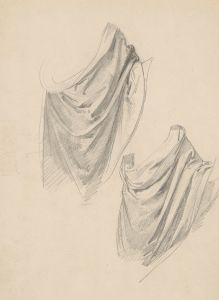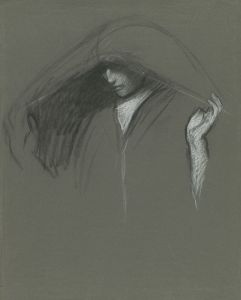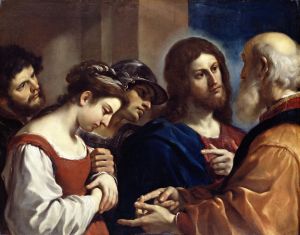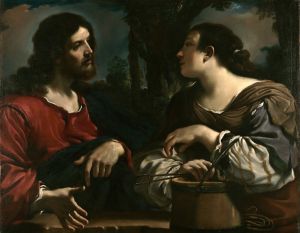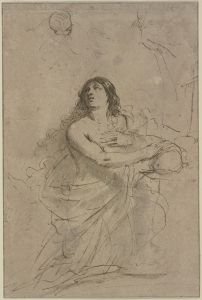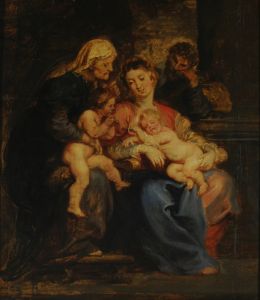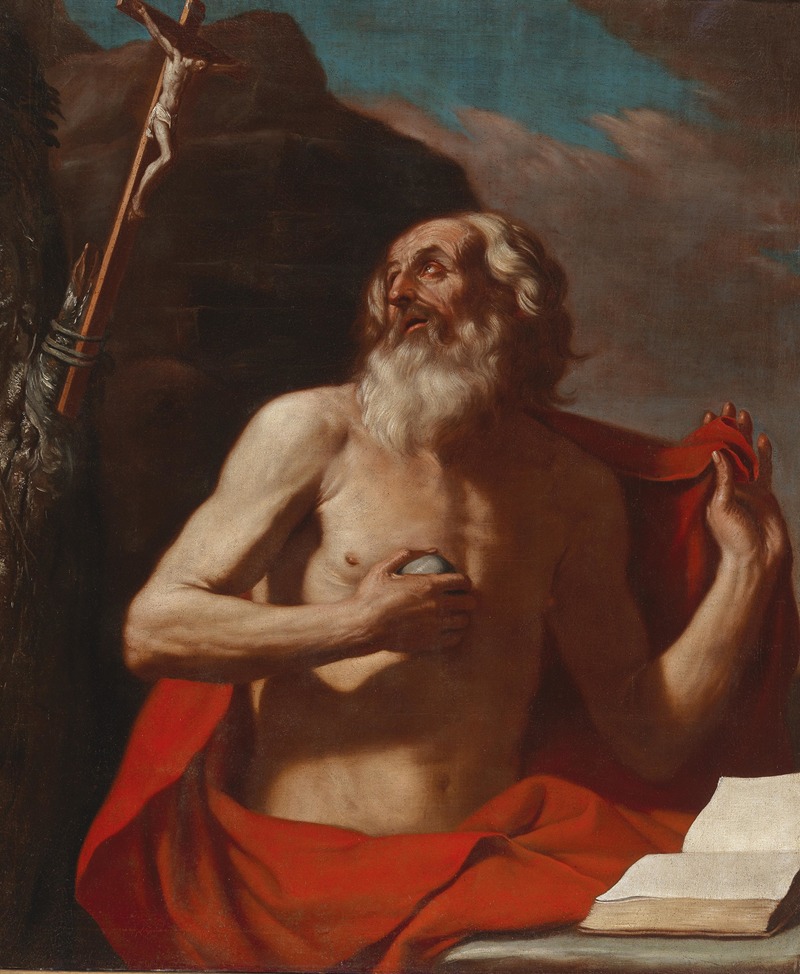
Saint Jerome
A hand-painted replica of Guercino’s masterpiece Saint Jerome, meticulously crafted by professional artists to capture the true essence of the original. Each piece is created with museum-quality canvas and rare mineral pigments, carefully painted by experienced artists with delicate brushstrokes and rich, layered colors to perfectly recreate the texture of the original artwork. Unlike machine-printed reproductions, this hand-painted version brings the painting to life, infused with the artist’s emotions and skill in every stroke. Whether for personal collection or home decoration, it instantly elevates the artistic atmosphere of any space.
Saint Jerome by Guercino is a notable painting created by the Italian Baroque artist Giovanni Francesco Barbieri, commonly known as Guercino. This artwork is one of the many depictions of Saint Jerome, a prominent Christian scholar and translator, who is often portrayed in art due to his significant contributions to the early Church and his role in translating the Bible into Latin, known as the Vulgate.
Guercino, born in 1591 in Cento, Italy, was a leading figure in the Baroque movement, known for his dynamic compositions, dramatic use of light and shadow, and expressive figures. His work is characterized by a naturalistic approach and a keen attention to detail, which is evident in his depiction of Saint Jerome.
In this painting, Guercino presents Saint Jerome in a contemplative pose, a common theme in representations of the saint. Jerome is often depicted as a hermit or scholar, reflecting his life of penance and dedication to study. In Guercino's rendition, Saint Jerome is typically shown with attributes that identify him, such as a red cardinal's hat, a lion, a skull, or a Bible. These elements symbolize his scholarly achievements, his ascetic lifestyle, and his role as a Doctor of the Church.
Guercino's use of chiaroscuro, a technique that employs stark contrasts between light and dark, enhances the emotional intensity of the painting. This technique draws the viewer's attention to the saint's face and hands, emphasizing his introspective nature and the spiritual depth of his character. The play of light and shadow not only adds a three-dimensional quality to the figure but also imbues the scene with a sense of drama and reverence.
The painting reflects the Baroque era's emphasis on emotional engagement and realism. Guercino's ability to convey the inner life of his subjects through their expressions and gestures is a hallmark of his style. In Saint Jerome, the viewer can sense the saint's devotion and intellectual rigor, qualities that made him an enduring figure in Christian history.
Guercino's Saint Jerome is housed in various collections, as he painted multiple versions of the saint throughout his career. Each version may vary slightly in composition and detail, but all share the artist's distinctive approach to capturing the essence of his subjects. The painting is a testament to Guercino's skill as a portraitist and his ability to infuse religious subjects with humanity and depth.
Overall, Saint Jerome by Guercino exemplifies the artist's mastery of Baroque techniques and his ability to create works that are both visually striking and spiritually profound. Through this painting, Guercino not only honors the legacy of Saint Jerome but also invites viewers to reflect on the themes of faith, scholarship, and the human condition.





